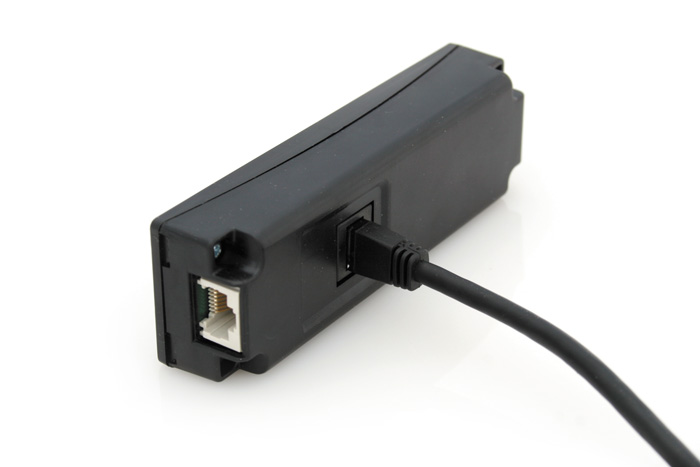Auto Gear - ScanGauge II Car Diagnostics
Added 01-21-2009
I have always wanted a device to read my cars' Diagnostic Trouble Codes (DTC)
whenever the infamous Check Engine Light (CEL) would appear on the
dashboard. I would usually take my car to the dealership just to find out
what the problem, but I wasn't happy to pay $35 just to learn that my wife did
not put on the fuel cap properly. No wonder many people refer to those
places as the stealership!
About two years ago I learned that the auto supply store chain called
AutoZone offers to read the DTC for free. That's a terrific service, but
what happens if that wasn't convenient?
One solution is to buy my own handheld scanner. At $75+ I thought it
was too expensive for such infrequent use and a small convenience. What I
really wanted was a device that had other functions but also included the
ability to read the DTC as needed.
In fact, while my car can calculate the fuel economy, it does so for the
tank. I wanted to know instantaneous reading this value, along with other
parameters of my car's performance such as fuel consumption rate. Did it
really cut of fuel flow when decelerating in gear and the gas pedal was not
pressed?
| Enter the ScanGauge II, a device that plugs
into the On-Board Diagnostics (OBD) II port that exists in every vehicle sold in the USA since
1996.
It has three primary functions as shown in the picture:
1. DTC scanner that reads and also clears
codes. Clearing the codes for minor problems like an improperly closed fuel cap will extinguish
the CEL.
2. Trip computer with many stored parameters
for:
3. Real-time (1-second refresh) gauge that can simultaneously display 4 parameters.
|


|
Trip information that is stored are:
 | Max Speed |
|
 | Average Speed |
|
 | Max Coolant Temperature |
|
 | Max RPM |
|
 | Driving Time |
|
 | Driving Distance |
|
 | Fuel Used |
|
 | Trip Fuel Economy |
|
 | Trip Fuel Cost |
|
 | Distance to Empty |
|
 | Time to Empty |
|
 | Fuel to Empty |
|
The gauge parameters are chosen from among:
 | Fuel Economy |
|
 | Fuel Rate |
|
 | Battery Voltage |
|
 | Coolant Temperature |
|
 | Intake Air Temperature |
|
 | Engine Speed (RPM) |
|
 | Vehicle speed (MPH)
|
|
 | Manifold Pressure
|
|
 | Engine Load
|
|
 | Throttle Position
|
|
 | Ignition Timing
|
|
 | Open/Closed Loop |
|
You can even custom program other engine parameters if you have your car's
technical service manual. This add-a-gauge feature is called X-Gauge.
I find this device is worth its $160 price. Since getting it, I learned
a few things about my car:
- I know how to get an extra 3-4 mpg with less aggressive driving so
that my city fuel economy gets 25-26mpg. I expect to get 1-2 mpg
better on the highway.
- My car's engine management computer does indeed shut off the fuel
injectors during deceleration as long as the engine runs above 1,050 rpm.
- When I shift down to a lower gear, the fuel injectors turn back on but I
can force it to shut off again by briefly pressing on the gas pedal and
releasing it.
- When idling at ~750 rpm my fuel consumption rate is 0.40 gal/hr.
Interested in knowing more about your own vehicle? Click here to get the ScanGauge II.











